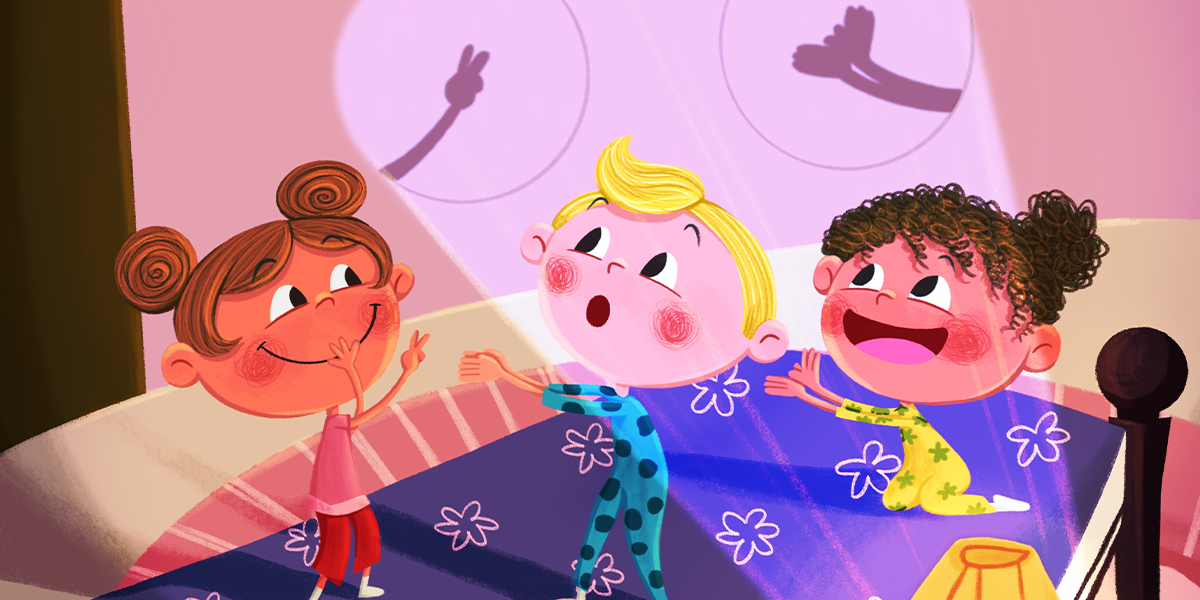In children’s book illustrations, visual consistency is essential—not just for aesthetics, but for guiding and comforting young readers. A unified illustration style helps children easily recognize characters, follow the storyline, and stay emotionally connected from page to page.
Art directors and publishers often look for portfolios that showcase consistent art style, stable color palettes, and repeatable character traits. These elements reflect professionalism, reliability, and attention to storytelling.
Defined illustration guidelines, like consistent backgrounds and character proportions, ensure each picture book delivers a smooth, engaging reading experience. By maintaining visual harmony, illustrators can strengthen narrative clarity and deepen emotional engagement with young readers.
In this blog, we’ll explore practical tips to keep your children’s book illustrations consistent and why it matters for your storytelling success.
Visual Consistency Is Key in Children’s Book Illustrations
A children’s book illustrations project with a coherent approach to tone, character shapes, and color palette feels polished and immersive. Using an illustrator style guide—a set of simple illustration guidelines for kids’ books—ensures visuals flow seamlessly, reinforcing the narrative and emotional tone while helping readers navigate the story.
Character Design Consistency Builds Recognition
Little readers latch onto recurring character traits. Character design consistency matching proportions, hairstyles, expression styles—helps children identify protagonists across scenes. A solid illustration style guide often includes reference sheets detailing character traits to maintain uniformity page by page.Need help crafting consistent, engaging characters? Check out our Character Design services at The Rainbow Stories.
Color Palette in Children’s Illustrations Supports Mood
A unified color palette in children’s illustrations—whether warm and muted or bright and vibrant—establishes emotional continuity across the book. Purposeful color decisions help signal mood shifts and story pacing, reinforcing visual consistency in picture books.
Storytelling Through Visuals Requires Flow
Strong storytelling through visuals depends on clear visual cues and consistent framing. Maintaining similar character appearances, background details, and lighting from scene to scene allows narrative tension to build naturally. This page-by-page illustration flow ensures children aren’t distracted by sudden shifts in visual language.
Maintaining Style in Book Illustrations Boosts Trust
Consistency conveys care. When art directors and publishers see a portfolio with unified line style, shading, and character types, it signals professionalism. Likewise, young readers feel anchored in a stable world, enhancing their reader experience in picture books and fostering repeated readings.
Illustration Guidelines for Kids’ Books Help You Stay on Track
Creating simple illustration guidelines for kids’ books defining line weight, color tones, sizing, and recurring visual elements—makes the process smoother. These guidelines help when you switch between spreads or formats, ensuring children’s book illustrations feel cohesive and intentional.
The Importance of Visual Consistency in Picture Books
Studies show consistency enhances story comprehension and emotional bonding. Inconsistency—such as varied character eye color or mismatched proportions—can break immersion. The “Importance of Consistency in Picture Books” stresses how consistent tone, style, and pacing anchor young readers.
How to Ensure Page-by-Page Illustration Flow
Use thumbnail storyboards to track visual flow before creating final art. Keep a character turnaround sheet and swatch palette handy. Mark recurring motifs—like a backyard setting or a signature toy—to weave visual threads across scenes. This page-by-page illustration flow helps build unified story arcs.
Hand-Drawn vs Digital: Consistency in Both
Whether using traditional pencils or digital tools, consistency is achievable. In hand-drawn vs digital art, the core principle remains the same: replicate character proportions, line weight, and coloring. Many illustrators produce initial sketches by hand and refine them digitally—with careful reference to previous frames.
Consistent Illustration Style in Children’s Books = Branding
A unified cheerfully illustrated bunny series or whimsical woodland animal narrative establishes author/illustrator branding. Consistency in all elements—from font and use of symbols to design flourishes—helps imprint a memorable style on both publishers and readers.
Real-Life Examples & Tips
- Pull from notable illustrator Ananta Mohanta’s method: define proportions, color themes, and signature features before drawing to ensure character design consistency.
- The blog Whizzy Studios notes: “A consistent style helps create a cohesive visual narrative that supports the story and engages young readers”.
- Case in point: David Macaulay’s Black and White uses distinct styles for overlapping stories, but ensures consistency within each thread—reinforcing immersion.
Consequences of Inconsistency
Inconsistent art can disorient young readers. Sudden changes in character appearance, background detail, or palette break the flow, distract attention, and sap emotional engagement. Publishers and agents flag inconsistency as unprofessional—so maintaining uniform style is not just artistic; it’s career-critical.
Practical Steps to Maintain Consistency
- Create an illustrator style guide: line, palette, motifs.
- Use character turnarounds and flat color swatches.
- Thumbnail every spread for visual pacing preview.
- Review all spreads together to ensure stylistic cohesion.
At The Rainbow Stories, we understand that visual consistency isn’t just about style—it’s about creating a magical reading journey that keeps children engaged from the first page to the last.
Conclusion
Consistency in children’s book illustrations isn’t a nice extra—it’s a foundational requirement. From character design consistency to color harmony, from a written illustration guidelines for kids’ books to careful storyboarding, every element supports clear page-by-page illustration flow. With a deliberate approach, your illustrations will delight children, impress publishers, and create memorable reading experiences that keep kids turning pages.

